Wednesday October 10, 2012

After weeks of fabrication, the first of two PIT tag antennas was delivered and installed within a water diversion tunnel on a Northern California stream. This first installation was for the smaller of the two tunnels (12ft. by 15ft.) that we will be monitoring. Constructed from fiberglass, Kevlar, and plastics, the antenna array consists of three antennas that bolt together and operate in unison. With the use of a crane and a highly skilled operator, the three sections were joined together on site and topped with a steel frame that holds the array in position. The steel frame allows the antenna to be removed once it is completely submerged. With a total height of over 20 ft., the antenna array was lowered through an access hatch on the top of the tunnel. With no room to spare, the antenna array fit snugly within notches in the concrete walls of the tunnel. Once the antenna array was in place, the readers were connected and powered up. With nervous anticipation, the antenna array was tested for detection range and with sigh of relief they operated perfectly.

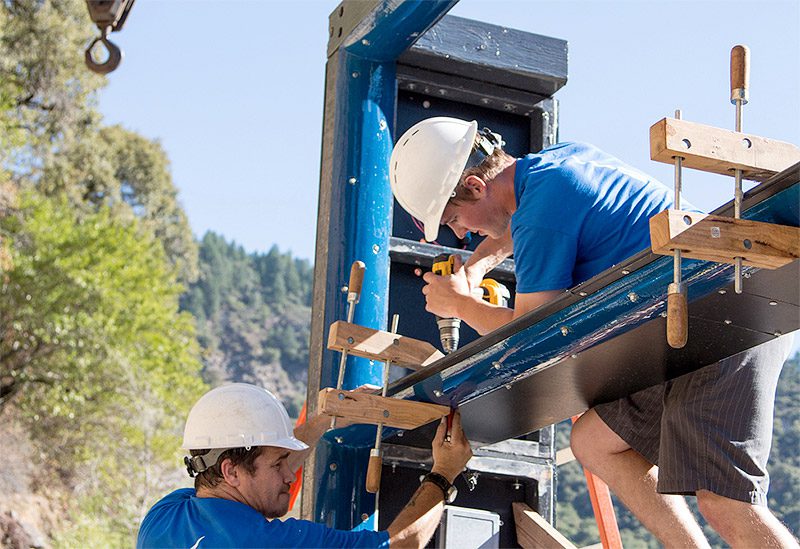
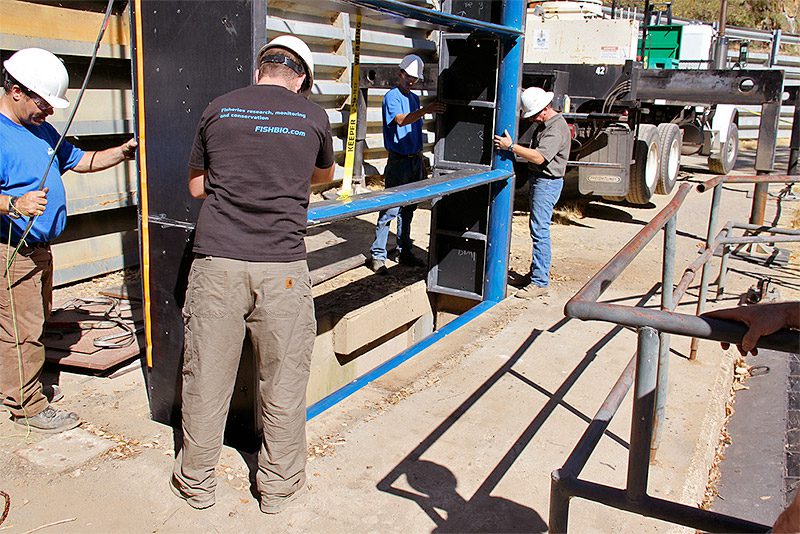
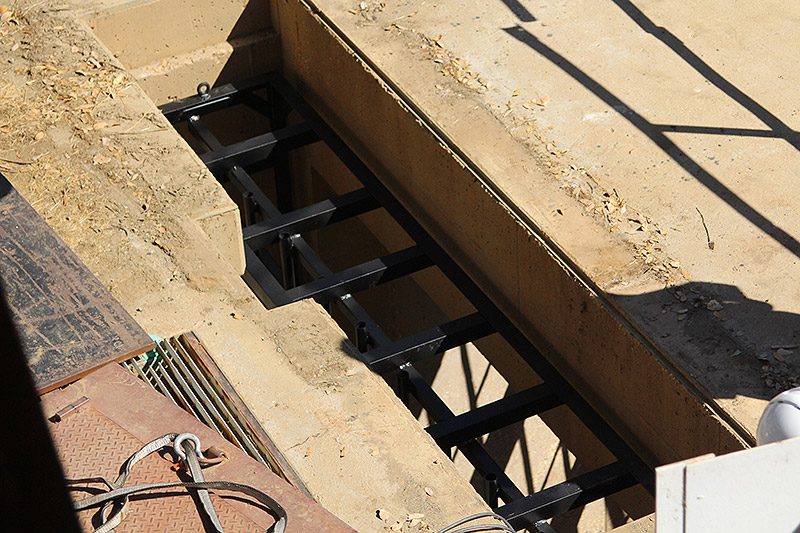
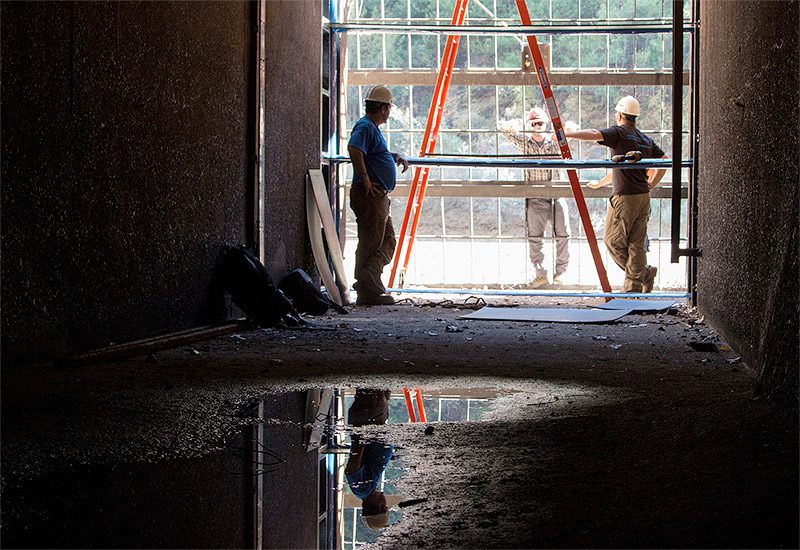
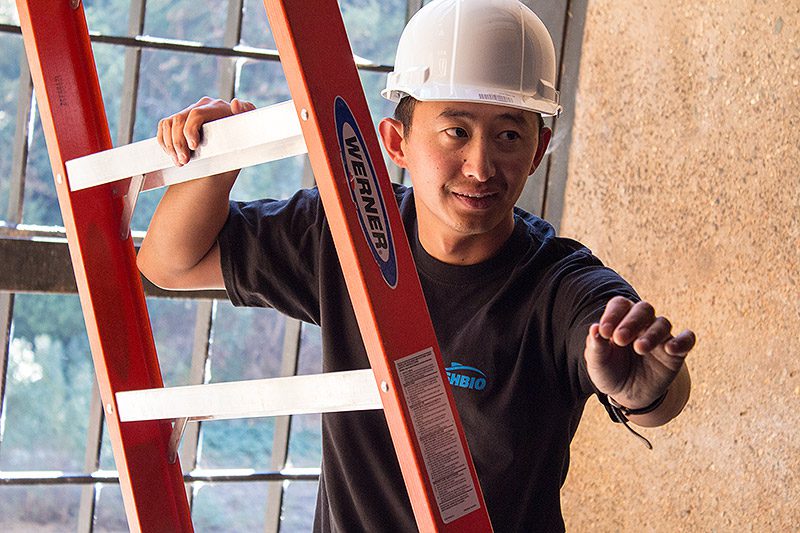
When designing and building PIT tag antennas off-site, it is impossible to anticipate how it will function in the intended location. Metal structures, such as rebar imbedded into concrete, and low frequency electronic “noise” from electric motors or electronic devices can render an antenna inoperable. Now that this antenna array is operational, we can’t wait for increased winter flows so we can start recording tagged fish.
